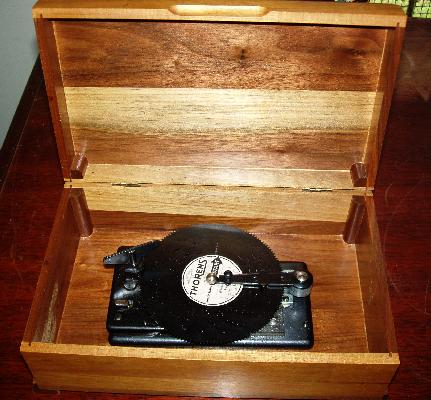A survey of the company's history, developments and product line
1883 Trade registration of the family-business of Hermann Thorens,
established in St.-Croix / Switzerland, with the purpose of manufacturing
musical boxes and movements.
1903 Manufacturing of Thorens' first Edison-type phonograph.
1906 Change-over to the manufacturing of horn-gramophones for shellac
records.
1913-1964 Manufacturing of cigarette lighters
1914-1952 Manufacturing of harmonicas (except for the time from
1921-1938)
1927 Conversion of the family business to a joint-stock company (AG)
1928 Development of the first electric motor (direct drive) for
gramophones.
1929 Development of the first electric phono pick-up (employing a
magnet principle).
1933 Manufacturing of wireless appliances, partly in cooperation with
the Strassfurt-Imperial Company of Germany.
1940-1950 Production of professional disc-cutting lathes and phono
pick-up cartridges.
1943 Production of the first record changer.
1954-1960 Production of the mechanical razor "Thorens Riviera".
Source
http://www.theanalogdept.com/thorens_history.htm
To return to the top of this section click here







